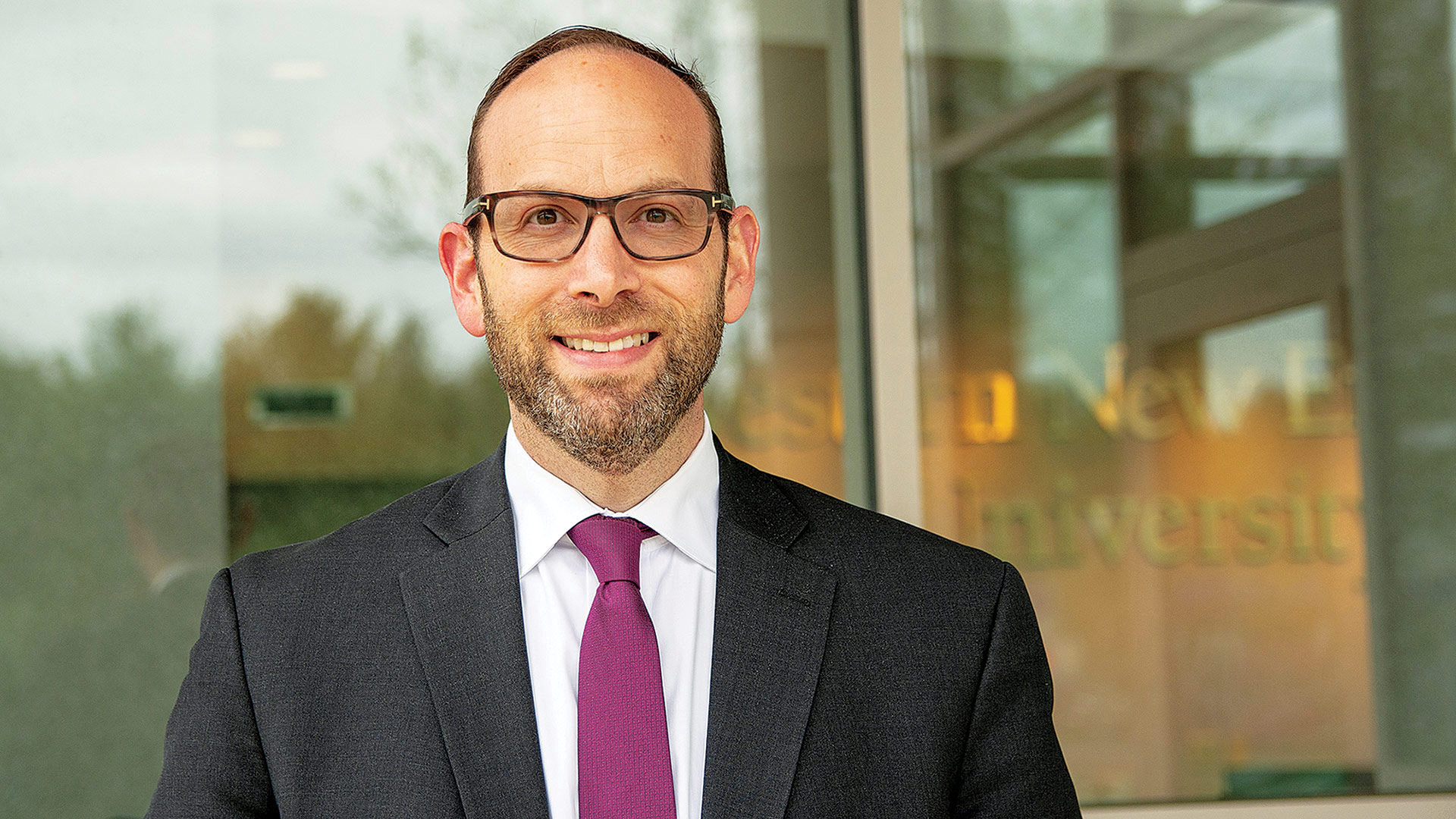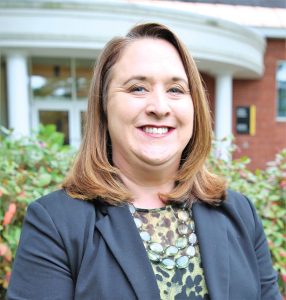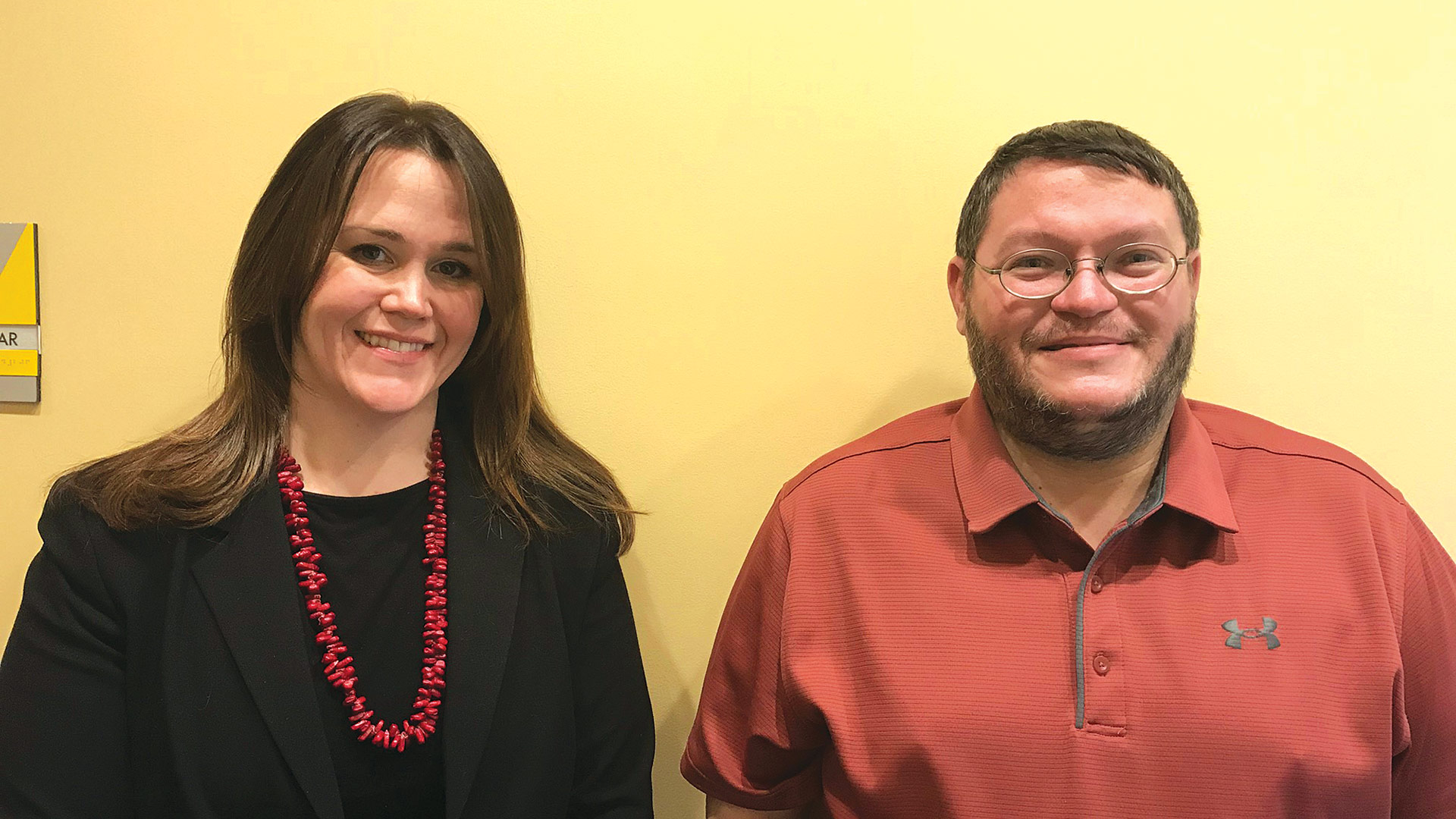After the Sticker Shock

Bryan Gross says families aren’t always aware how many resources are available to help pay for college.
It’s not exactly news that the cost of college — at least, the published price tag — has consistently risen over the past two decades. But the net cost — what students actually pay — has actually crept down a bit. That’s largely due to the myriad resources families can access to help bring those costs down and reduce the initial sticker shock. Putting the pieces together takes some effort, self-education, and patience, but most families would agree that the end result, a degree, is worth the journey.
Fifty thousand. Sixty thousand. Seventy-five thousand.
A generation ago, dollar figures in that range might get a student through college; these days, at many schools, they’re typical price tags for one year.
Good thing no one pays sticker.
“I don’t care if you’re making $5 million a year or no money; there isn’t a single student paying the sticker price,” said Richard O’Connor, director of Financial Aid at American International College (AIC). “There’s a lot of shock when families see the sticker price, but as you take them further through the process, they see what the final bottom line is for them.”
Indeed, according to the College Board, for the 2021-22 year, the average published tuition and fees for full-time students average $10,740 for a public, four-year, in-state college, 1.6% higher than in 2020-21. For public, four-year, out-of-state schools, it’s $27,560, 1.5% higher than in 2020-21. Private, four-year colleges currently average $38,070, 2.1% higher than the year before.
However, the majority of full-time undergraduate students receive grant aid that helps them pay for a good deal of those costs. The average net tuition and fees paid by first-time, full-time, in-state students enrolled in public four-year institutions currently sit at $2,640, a 15-year-low. At private schools, it’s $14,990 — again, a 15-year low.
“Almost all families enrolling in college do not pay that sticker price,” said Bryan Gross, vice president of Enrollment Management and Marketing at Western New England University. “There’s always a combination of merit-based and need-based money that goes into it.”
Kerry Cole, vice president for Admissions at AIC, noted that all colleges offer merit scholarships based on a student’s GPA and other measures of high-school success. “They would receive it for all four years, as long as they’re successful progressing in the program. Every school has different guidelines students need to hit, but it’s usually pretty attainable for most students, in addition to federal or other institutional aid.”
In addition, she noted, “students may find it less expensive to go to private school, because of the aid award, than it is to go to a state school. When I was going through 20-plus years ago, that’s exactly what happened. I was a low-income student, had high academics, and was able to attend a private school and live on campus for the equivalent cost of a state school. A lot of people don’t know that until financial-aid time.”
“Almost all families enrolling in college do not pay that sticker price. There’s always a combination of merit-based and need-based money that goes into it.”
On the admissions side, Gross added, “it’s really important for families to understand that different colleges and universities have different ways they evaluate the family’s financial circumstances.” For example, some schools are ‘need-aware’ in crafting the merit package, incorporating a family’s ability to pay, while others, including AIC, are ‘need-blind’ when they award financial-aid packages.
Merit decisions are based on more than grades, too; schools also consider standardized test scores — although these are starting to recede in importance, and many colleges are even test-optional now — as well as extracurricular activities, volunteerism, letters of recommendation, and more.
And that’s just the start of what families need to know about paying for college — a process that can be confusing and intimidating, but is also rife with opportunities to shave down that sticker price even further.
Guiding Lights
Community colleges offer a less-daunting price tag to begin with, but that doesn’t mean the process of seeking aid and paying for school is any less thorny. Darcey Kemp, vice president of Student Affairs at Springfield Technical Community College, said STCC guides entering students and their families through a robust onboarding process.
“We do an initiative called Roadmap to STCC, a series of live webinars with students, parents, and guidance counselors on different topics over the course of the year, depending on the time of year it is,” she explained, noting that topics range from testing and placement to financial-aid deadlines and filling out the Free Application for Federal Student Aid (FAFSA).

Darcey Kemp says efforts to help students manage college costs begin well before they arrive on campus and continue through their time at STCC.
“We make sure we’re ahead of all that,” Kemp said. “FAFSA can be intimidating, and we always want to make sure they know it’s coming and we’re helping them through the process.
“It’s important to normalize the financial-aid process,” she added. “It can be overwhelming — in particular, for anyone who has not had experience doing it before.”
Cole said colleges offer an online net price calculator, where families can input data on GPA, expected family contribution, and other factors to generate an expected net cost well before submitting FAFSA or getting an offer. “It’s not exact,” she noted, “but it’s pretty darn close.”
In addition, O’Connor noted, Western Mass. is rich with resources to secure outside scholarships, from entities ranging from community banks to Big Y; from the Horace Smith Fund to the Community Foundation of Western Massachusetts, the latter of which provides access to scores of scholarship opportunities with one application.
“The importance of a little effort in writing an essay can yield you thousands of dollars in outside scholarship money,” he added.
And high-school seniors shouldn’t overlook the smaller ones, Cole said. “Make this your part-time job on Sunday afternoon — take an hour or two, look for scholarships, write an essay, and send those out. Even $25, $50, $100, those add up; that’s a textbook.”
Gross refers students to fastweb.com, which he calls “a clearinghouse of lots of external scholarships. A lot of students don’t realize these scholarships often have a lot fewer applicants than you would expect, especially those that require an essay.”
Like Cole, Gross suggested students carve out time on the weekends to make an investment in their finances. “Now, the last thing you want to do is write another essay, but take Saturday or Sunday afternoon, and do some essay prompts; what you find on Fastweb can be reused and apply to a bunch. I’ve seen families surprised they got some of these national and regional scholarships — $1,000, $2,000, $3,000 … every bit helps.”
Meanwhile, he added, parents might reach out to their employers to see if they offer tuition-reimbursement programs they might not have even been aware of.
Once on campus, many students take advantage of federal work-study programs to reduce their tuition bill — and gain valuable work experience to boot.
“It’s a job on campus, but it’s also a learning experience for students,” Cole said. “If they’re going to make mistakes, better to make them here, and be mentored and educated through the process, than make them out in the corporate world. Many of them don’t have office experience; most students wouldn’t at 18 years old. That’s another benefit of work study.”
Gross stressed that jobs on campus are available, but not guaranteed. “You still need to interview for a job, show up, demonstrate skill, or you could lose the job.
“It’s a good opportunity for students,” he added, “but at the same time, with COVID-19 stress and academic demands, you always want to have a family conversation about whether working the first semester makes sense, or if it’s better to adjust to all the academic issues before working.”
A Dramatic Shift
A few colleges have made a splash in recent years by eliminating loans from their financial-aid packages and replacing them with grants. Smith College recently announced it would begin doing that starting this fall.
This expansion of the college’s financial-aid program represents a new annual investment of $7 million, which will bring the college’s total aid awarded next year to more than $90 million. All students receiving need-based institutional aid, which represents more than 60% of the student body, will receive an increase in their grant funding from the college.

Kerry Cole and Richard O’Connor say students shouldn’t be hesitant to reach out if they run into difficulties with college costs during their time at AIC.
“Eliminating loans from financial-aid packages will enable Smith to recruit and enroll the best students, regardless of family resources, and enable future alums to begin their careers or continue their studies with their debts greatly reduced or eliminated,” President Kathleen McCartney wrote in a letter to the campus body last fall. Reducing college debt, she added, “will be life-changing for students, families, and future alums.”
In addition to providing financial aid, Smith will award one-time ‘startup grants’ of $1,000 to entering students with an expected family contribution of less than $7,000. And to seniors graduating in 2022 with need-based institutional grants, Smith will offer one-time ‘launch grants’ of $2,000 to help with the cost of transitioning to life after college. All these new initiatives will be funded through gifts to the college and recent endowment gains.
That’s a turn for the better for many students at the Northampton institution. But circumstances can turn for the worse, too, on any campus. A job loss or death in the family can suddenly put a student in financial distress, O’Connor noted. “There are some resources we use at AIC to try to help students who are enrolled and on their path, but face some financial hurdles, which pop up all the time for families.”
Sometimes the hurdle is too much to overcome, but he stressed the importance of contacting the Financial Aid office sooner than later. “My advice is, if you know you’re having some financial issues, reach out and start those conversations.”
Sometimes AIC isn’t the right school for a prospective student right now, but it could be in the future, Cole said. In that case, a transfer path from a community college may be the best option. “The important thing is to keep the same timeline. If you want to graduate in four years as a history major, go get yourself a solid liberal-arts foundation at a community college.
“We can talk about all your options early on,” she added. “Our goal is to have students finish.”
Kemp said families should learn about the Commonwealth Commitment program, which aims to significantly reduce college costs by having students do just that — spend two years at a community college followed by two years at a four-year institution. “We always want to make sure, especially in such challenging times, that we’re as proactive and sharing as much information as possible with the student.”
“It’s important to normalize the financial-aid process. It can be overwhelming — in particular, for anyone who has not had experience doing it before.”
Gross noted that the federal government has a process called professional judgment in the case of changing financial circumstances for students already enrolled at WNE or any other college. “We take families through the professional-judgment process, the government re-looks at the FAFSA information, and can adjust families’ expected contribution, which would potentially qualify them for more federal or state funding.”
In addition, “most schools have some emergency funding, which is limited,” he said, as colleges can’t hand out money to everyone.
Toward the Finish Line
At STCC, the importance of understanding the financial process, and laying down a foundation for success after college, doesn’t end with enrollment. A counselor is on campus twice a week, working with students individually with financial-aid questions.
In addition, the Center for Access Services provides a broad range of non-academic supports, including assistance with food and basic supplies in the event of financial hardship.
“There are some resources we use at AIC to try to help students who are enrolled and on their path, but face some financial hurdles, which pop up all the time for families.”
“During COVID in particular, we’ve seen an increase in students encountering short-term financial emergences that prevent them from continuing their education goal, so we help them overcome those short-term emergencies and successfully complete their coursework,” Kemp explained.
There’s a curricular focus on financial literacy as well, including a personal-finance course, she noted. “Everyone has different needs when it comes to personal finances. We’re really trying to provide as many supports as possible but educate students from a financial-literacy perspective as well.”
The bottom line? Colleges want students to succeed — when they’re on campus, to be sure, but also when they’re still pondering whether they can afford to enroll at all.
“The average school may discount tuition by 40% or 50%,” Gross said. “So definitely look beyond the sticker price.”
Joseph Bednar can be reached at [email protected]
"degree" - Google News
February 03, 2022 at 05:56PM
https://ift.tt/1R3e26ncD
Colleges Offer Many Ways to Make a Degree More Affordable - Business West
"degree" - Google News
https://ift.tt/U2VL6wf7r
https://ift.tt/F89j7JLz0
Bagikan Berita Ini















0 Response to "Colleges Offer Many Ways to Make a Degree More Affordable - Business West"
Post a Comment